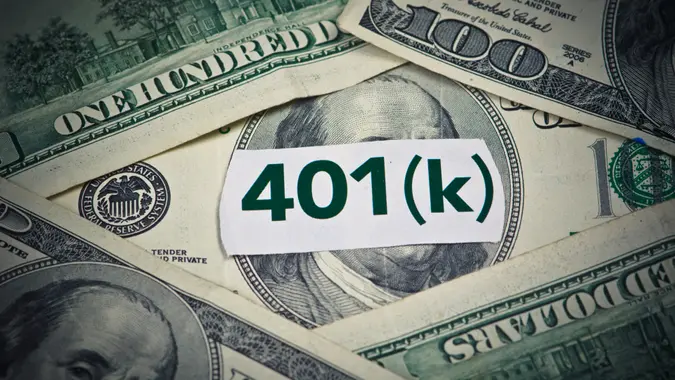I’m Retired and Regret Moving To Hawaii — Here’s Why

Commitment to Our Readers
GOBankingRates' editorial team is committed to bringing you unbiased reviews and information. We use data-driven methodologies to evaluate financial products and services - our reviews and ratings are not influenced by advertisers. You can read more about our editorial guidelines and our products and services review methodology.

20 Years
Helping You Live Richer

Reviewed
by Experts

Trusted by
Millions of Readers
Every year, Americans dream of retiring on the Hawaiian Islands. Many imagine living out the rest of their lives in an island paradise. That dream sounds perfect, but real experience can sometimes lead to the opposite of what was expected. Bob Haber knows this reality better than most people.
Haber is retired and was a former resident of Pearl City, Hawaii. In his story, posted on the Grassroot Institute of Hawaii, he shared: “We moved to Hawaii in 1966 when I had finished sixth grade. I lived there until my second year of college, then went to the mainland for school. After so many years away, I retired in 2009 and moved back to the islands, only to finally leave in 2018 for good.”
Although he loves culture and the people, Haber left Hawaii for these reasons.
Cost-of-Living Shock
“The cost of living in Hawaii was too high for me,” Haber explained.
According to CNBC, people need $2.21 million saved by age 65 just to cover basic living costs for 25 years in Hawaii, more than any other state in the U.S. This figure means everything — housing, groceries, transportation and medical care are twice or three times the average in other states.
Most retirees in Hawaii must adapt to sharply higher prices or simply leave. Everything from food to electricity comes at a premium. Average home prices are more than $850,000, nearly double the price on the U.S. mainland.
What About Taxes?
Haber pointed out another problem: Taxes are rising — in part to support the Honolulu rail project. This is a public works plan that keeps going overbudget and shows no sign of stopping, per a Civil Beat report.
“Taxes are crazy, and going up because of the rail, and politicians don’t care and look at everybody else as if they are the problem,” he said.
Retirement taxes in Hawaii come as a surprise for mainlanders expecting a better deal. Hawaii exempts some pension income and all Social Security earnings, making taxes manageable for some. However, most withdrawals from IRAs or 401(k)s end up being taxed at high state income tax rates, which can catch many retirees off guard. The top rate can climb as high as 11% on retirement distributions.
Paradise Comes at a Price
Living in Hawaii does mean daily exposure to world-class culture and stunning natural beauty. According to Haber, “Otherwise, I love the culture, the grinds, the people and the aina!” Many Americans deeply value this aspect of island life, and the emotional pull of staying there to enjoy it runs strong.
Still, reality can outweigh nostalgia for people on a limited income. According to Visual Capitalist, retirees in Hawaii spend nearly $130,000 per year to maintain the same lifestyle that costs only $52,000 in the most affordable U.S. states. This gap is too wide for many, despite the sunshine and scenery.
More From GOBankingRates
 Written by
Written by  Edited by
Edited by 























